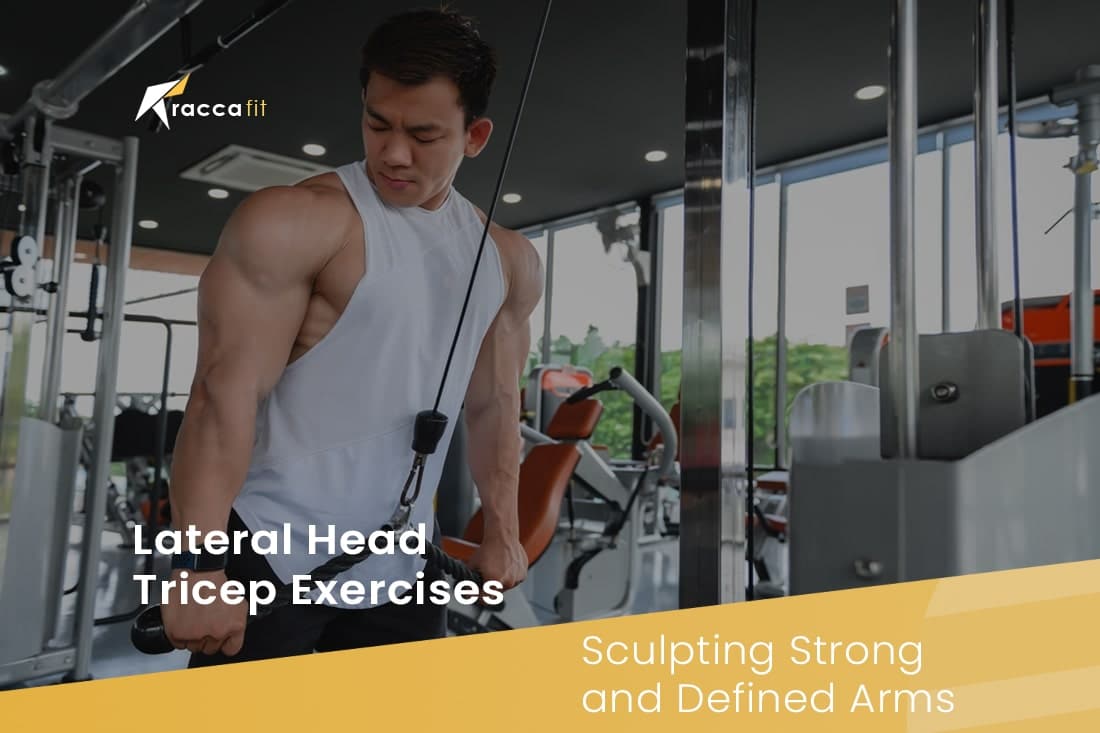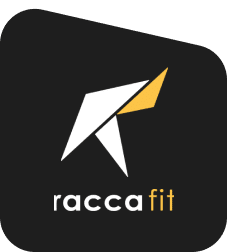It’s crucial to focus on the triceps if you want to develop well-rounded, strong arms. The lateral head is one of the three separate heads that make up the triceps muscle. Gaining total strength and well-balanced arm growth requires targeting the lateral head of the triceps. We’ll go over several lateral head tricep exercises in this extensive post, which will let you to get the toned, powerful arms you’ve always wanted.
The Importance of Training the Lateral Head Tricep
The triceps brachii muscle comprises three heads: the long head, the medial head, and the lateral head. The lateral head, in particular, plays a significant role in defining the horseshoe shape of the triceps and contributes to the width and thickness of your upper arms. Neglecting the lateral head can result in underdeveloped triceps and an imbalanced arm appearance.
To gain a deeper understanding of the lateral head’s significance, let’s explore its anatomy. The lateral head is situated on the outer side of your upper arm, forming the outermost part of the triceps. When well-developed, it contributes to the coveted “horseshoe” shape that bodybuilders often aim for. The lateral head also plays a crucial role in various pushing and lifting movements, providing the necessary strength and stability.
Now, let’s delve into the top lateral head tricep exercises that will target and strengthen this vital muscle group.
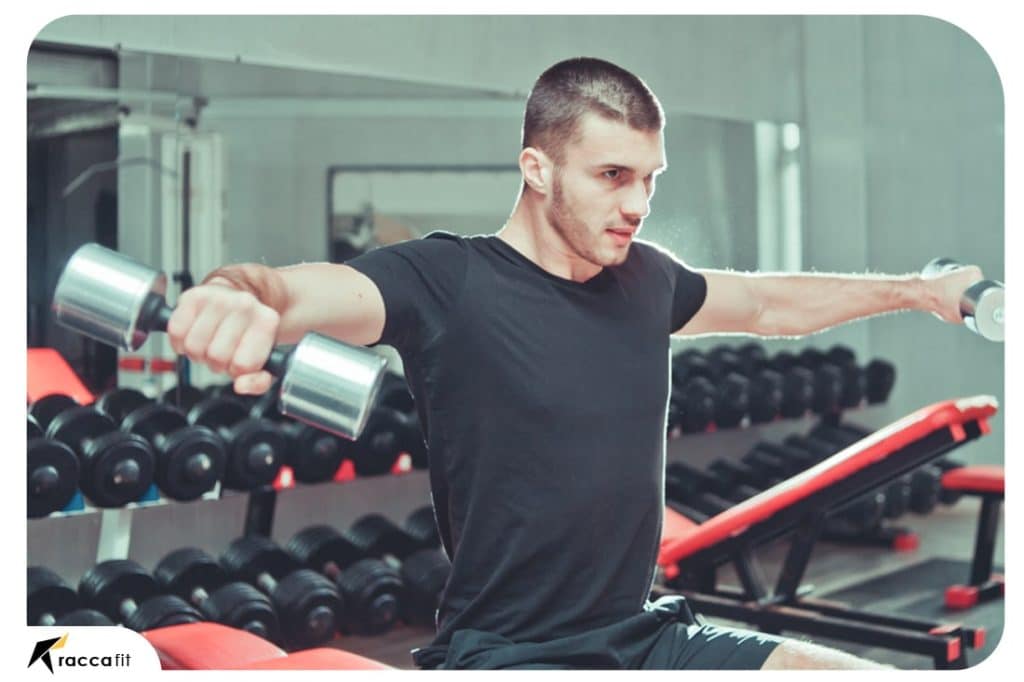
Dumbbell Side Raise
The dumbbell side raise is a fantastic exercise that primarily targets the lateral head of the triceps. To perform this exercise, stand with a dumbbell in each hand, arms at your sides, and palms facing your body. Lift the dumbbells out to the sides, keeping your arms straight, and squeeze your triceps at the top of the movement. This exercise not only works the lateral head but also helps with shoulder development.
When performing dumbbell side raises, it’s essential to control the weight and focus on the mind-muscle connection. By consciously engaging the lateral head during the lift, you’ll maximize its recruitment and growth potential. As you progress, consider incorporating drop sets or super sets to challenge the muscle further.
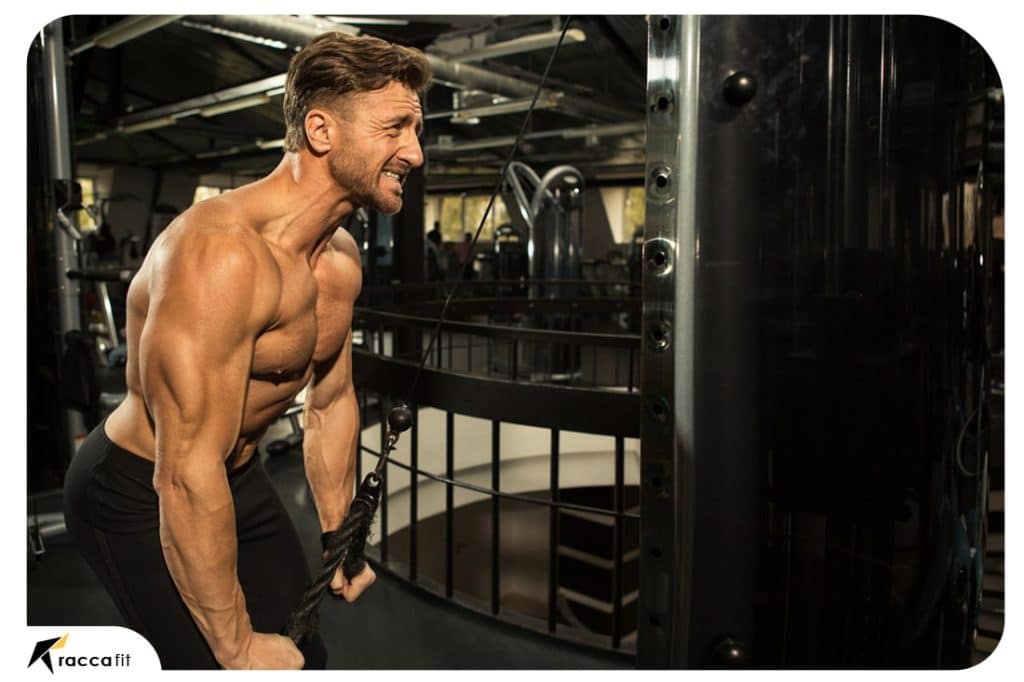
Tricep Pushdown with V-Bar Attachment
The tricep pushdown with a V-bar attachment is an excellent isolation exercise for the lateral head of the triceps. Attach a V-bar to a cable machine and grasp the bar with a neutral grip. Keep your elbows close to your body and extend your forearms downward, contracting your triceps at the end of each rep.
Variation is key to preventing plateaus and continuously stimulating the lateral head. You can experiment with different grip attachments, such as a rope or a straight bar, to target the muscle from various angles. Additionally, implementing techniques like slow negatives or partial reps can intensify the exercise and promote muscle growth.
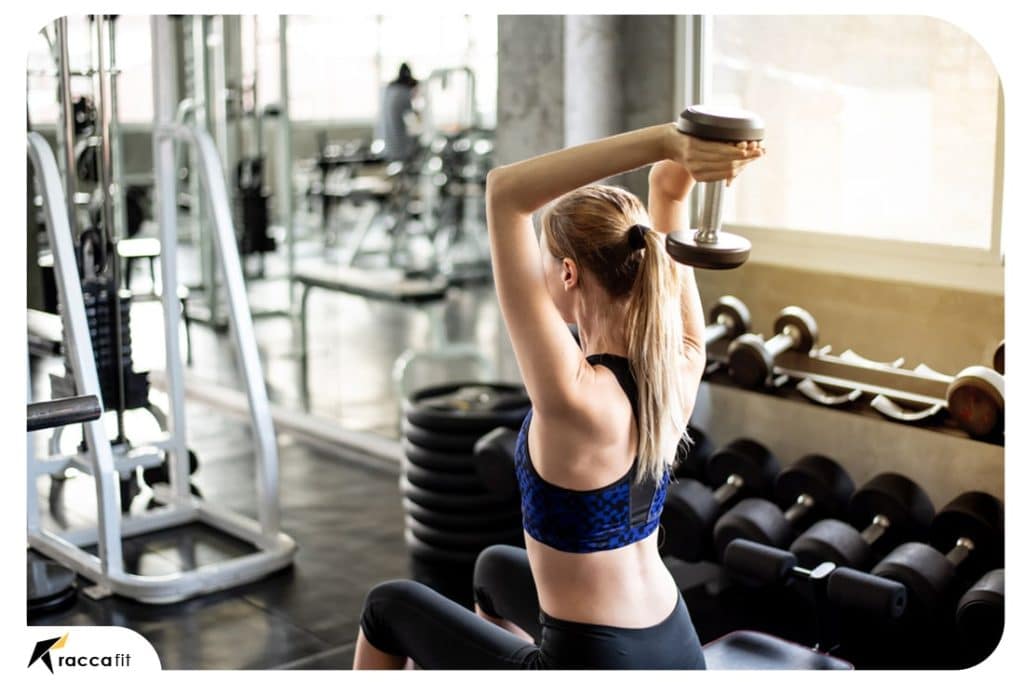
Overhead Dumbbell Extension
Overhead dumbbell extensions are a compound exercise that works the entire triceps, with a focus on the lateral head. Sit on a bench and hold a dumbbell with both hands overhead. Lower the dumbbell behind your head, keeping your upper arms stationary, and then extend it upward. This exercise provides a deep stretch to the triceps, promoting muscle growth.
To optimize the growth of the lateral head during overhead dumbbell extensions, pay attention to your range of motion. Ensure that you’re lowering the dumbbell as far as your shoulder flexibility allows, maintaining a full stretch of the triceps. Gradually increasing the weight and incorporating controlled tempo lifts can stimulate more muscle fibers.
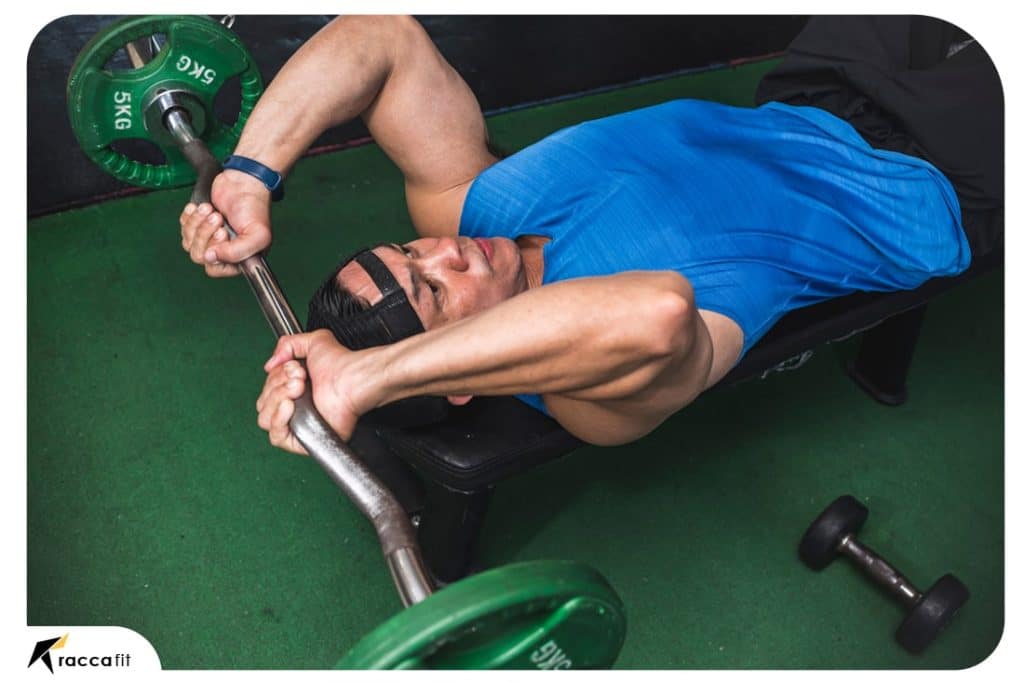
Skull Crushers
Skull crushers are another effective exercise for targeting the lateral head of the triceps. Lie on a bench with a barbell or an EZ curl bar and lower the weight towards your forehead, then extend your arms. This exercise places a strong emphasis on the lateral head while also engaging the long head.
To avoid overuse injuries, it’s crucial to vary your tricep exercises. While skull crushers are effective, consider alternating them with other movements like close-grip bench presses or tricep kickbacks. This diversity not only enhances lateral head development but also reduces the risk of overtraining and joint strain.
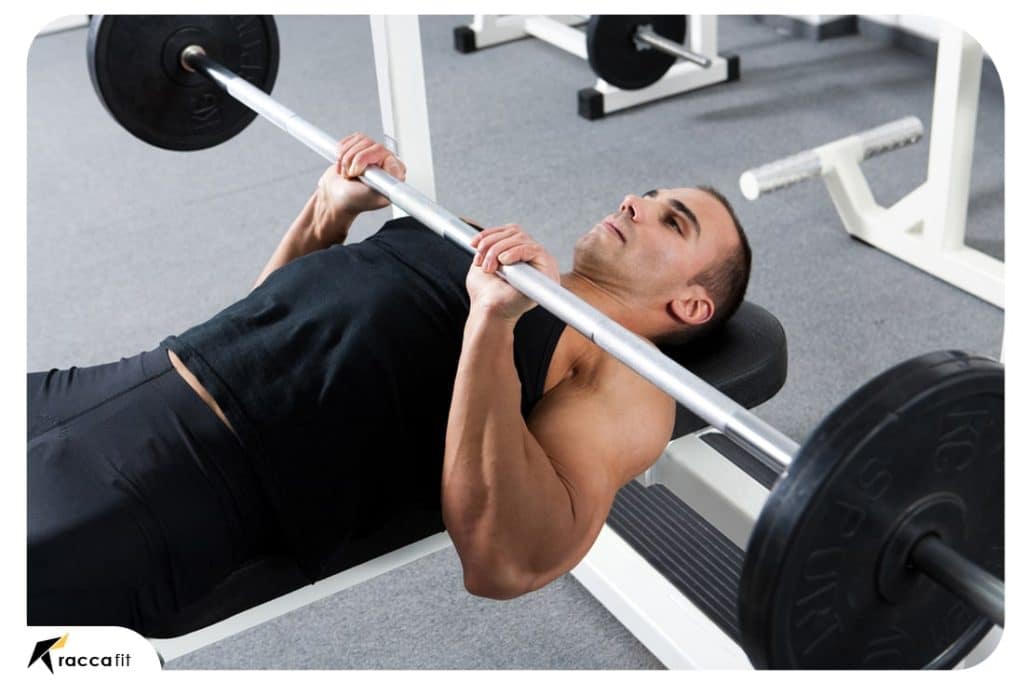
Close-Grip Bench Press
The close-grip bench press is a compound exercise that primarily works the triceps, focusing on the lateral and medial heads. Perform this exercise by holding a barbell with a narrow grip and lowering it to your chest, then extending your arms. It’s a powerful movement for overall tricep development.
To maximize lateral head engagement in the close-grip bench press, focus on your hand positioning. Placing your hands closer together targets the lateral head more effectively. Additionally, consider using an EZ curl bar for a more comfortable grip and reduced strain on the wrists. Remember to progressively increase the weight as your strength improves.

Hammer Curl
An unusual exercise that might assist target the lateral head of the triceps is the hammer curl. Curl while holding a dumbbell in each hand with your palms facing each other. This exercise aids in giving the triceps definition and balance.
While hammer curls primarily work the brachialis muscle, which lies between the biceps and triceps, they also engage the lateral head of the triceps. To fully capitalize on this exercise, concentrate on controlled movements and a full range of motion. By performing hammer curls with proper form and intensity, you can effectively enhance lateral head development.
Resistance Band Tricep Pushdown
If you prefer a home or on-the-go workout, resistance band tricep pushdowns are an excellent option. Attach a resistance band to a secure anchor, grasp the band with both hands, and push down, extending your forearms. This exercise effectively works the lateral head of the triceps.
Resistance band tricep pushdowns are versatile and convenient. To challenge the lateral head further, choose a band with varying resistance levels, allowing you to progressively increase the load. You can also modify your hand positioning and grip to target different areas of the triceps, including the lateral head.
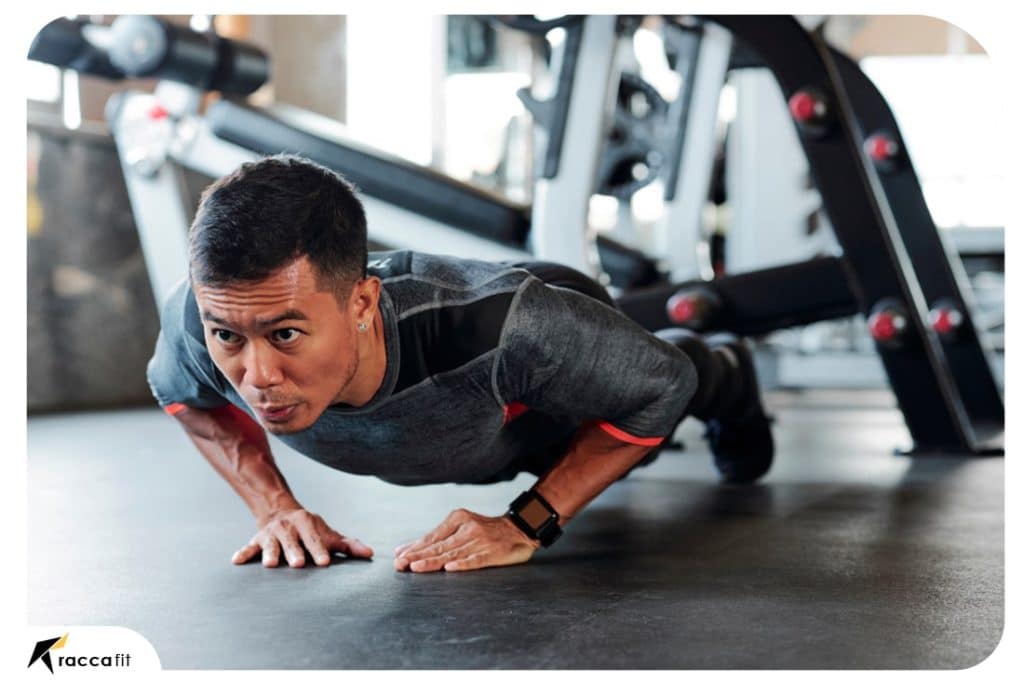
Diamond Push-Ups
Diamond push-ups are a bodyweight exercise that engages the lateral head of the triceps. Perform push-ups with your hands close together in a diamond shape. This exercise offers an intense tricep workout without the need for equipment.
When doing diamond push-ups, it’s important to maintain a proper body position and alignment. Ensure that your hands are directly under your shoulders, and your body forms a straight line from head to heels. To intensify the exercise, slow down the tempo and focus on squeezing the lateral head with each repetition.
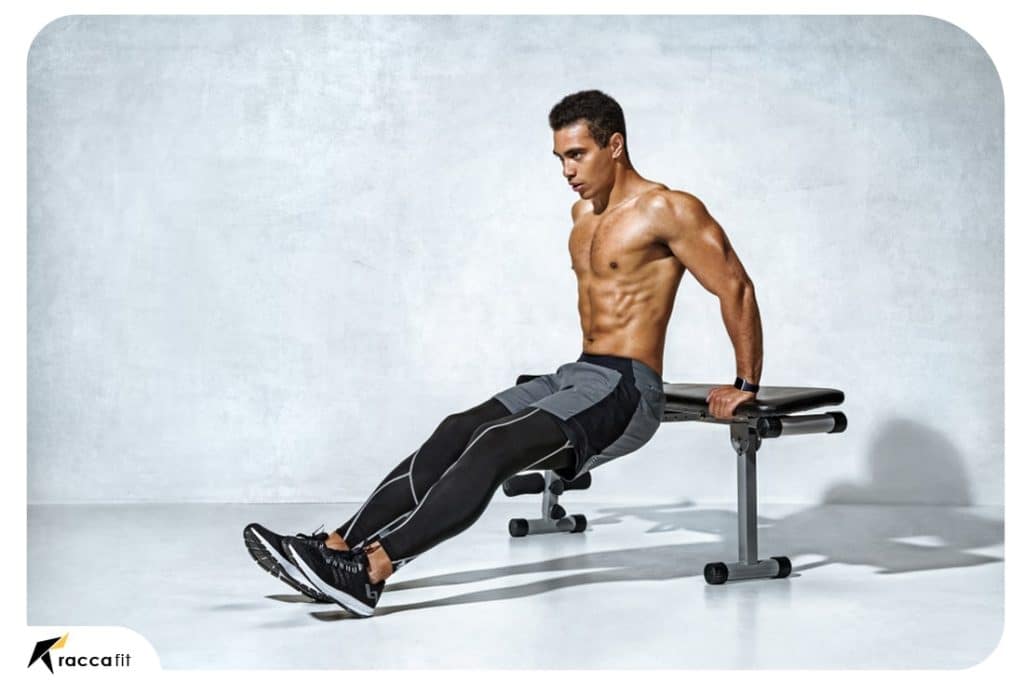
Dips: Versatile Lateral Head Tricep Workouts
Dips are a versatile exercise that targets the triceps, with a specific focus on the lateral head. Use parallel bars or a dip station to perform this exercise. Lower your body by bending your elbows and then push yourself back up. Dips are excellent for building strength and size in the triceps.
To get the most out of dips for lateral head development, control your descent and ascent. Focus on the mind-muscle connection, ensuring that you engage the lateral head throughout the entire range of motion. If you find standard dips too easy, consider adding weight or performing eccentric dips (slow negatives) for added intensity.
Advanced Lateral Head Tricep Exercises: Sculpting Strong and Defined Arms
While the exercises mentioned above are excellent for targeting the lateral head of the triceps, advanced lifters may benefit from incorporating more challenging movements into their routines. Here are some advanced exercises to further enhance lateral head development:
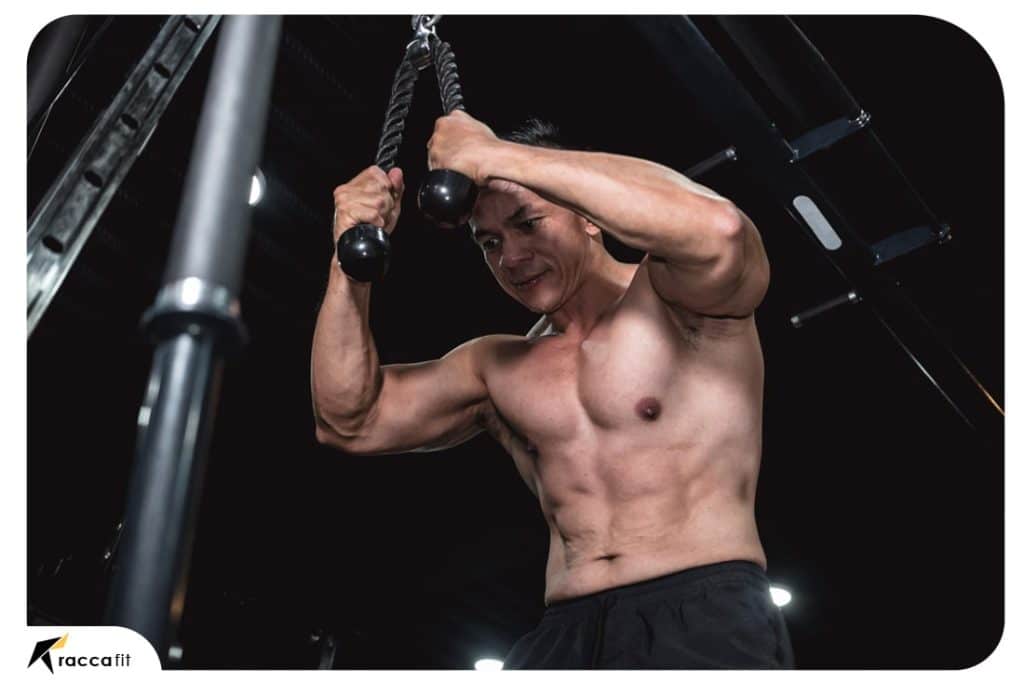
Cable Rope Pushdown: An Advanced Lateral Head Exercise
A version on the tricep pushdown that presents a different kind of stress to the lateral head is the cable rope pushdown. A rope handle should be attached to the cable machine in place of a V-bar attachment. A variable hand location made possible by the rope may amplify the lateral head engagement. As you would with a V-bar, execute the pushdown, making sure your elbows remain close to your torso the whole time. The grip and flexibility of the rope promote the lateral head’s development by encouraging a deeper contraction.
Advanced tricep workouts, like as the cable rope pushdown, can provide your lateral head a new challenge as you improve in your training. This workout works your triceps in a variety of ways, which promotes a more complete growth.
Importance of Proper Nutrition
Proper nutrition is a fundamental aspect of any successful muscle-building journey. To maximize the development of the lateral head and your triceps in general, ensure that you’re consuming an adequate amount of protein, healthy fats, and carbohydrates. Protein, in particular, is crucial for muscle recovery and growth. It provides the essential amino acids needed to repair and build muscle fibers damaged during your workouts.
Aim to include lean sources of protein in your diet, such as chicken, turkey, lean beef, fish, eggs, and plant-based options like tofu and legumes. Healthy fats and carbohydrates provide energy for your workouts and support overall health. A balanced diet that meets your caloric needs is essential for muscle growth and recovery. Additionally, consider incorporating supplements like branched-chain amino acids (BCAAs) to further support muscle repair and reduce post-workout soreness.
Beyond the lateral head of the triceps, proper nutrition plays a vital role in overall muscle growth and recovery. Adequate protein intake helps your body repair and build new muscle tissue, while carbohydrates supply energy for workouts and facilitate recovery. Healthy fats are essential for hormone production, including those that impact muscle growth. In this page we can provide a plan customized to meet your exact nutritional needs, keep an eye for any food allergies, and create a meal plan no matter the dietary requirement.
Learn More: Metabolic Confusion Diet Plan: A Metabolic Revolution
Tricep Stretching and Mobility
To promote lateral head tricep development and overall arm flexibility, it’s important to incorporate stretching and mobility exercises into your routine. Tricep stretching can help prevent stiffness and improve the range of motion in your arms, allowing for more effective lateral head engagement during workouts.
Effective tricep stretching techniques include:
- Overhead Tricep Stretch: Raise your arm overhead and bend your elbow, reaching your hand down your upper back. Use your opposite hand to gently push your elbow for a deeper stretch.
- Cross-Body Tricep Stretch: Extend one arm straight in front of you and bring your opposite hand to the extended arm’s elbow, gently pulling it across your chest.
- Wall Tricep Stretch: Stand near a wall, raise your arm, and place your hand against the wall with your fingers pointing down. Slowly lean your body away from the wall to feel the stretch.
Incorporating these stretches into your routine, especially after a tricep workout, can enhance muscle recovery and prevent tightness that may hinder future workouts. Stretching also improves overall mobility, allowing for a greater range of motion during exercises and reducing the risk of injury.
The Role of Genetics in Tricep Development: Understanding Lateral Head Tricep Genetics
Genetics play a significant role in muscle development, including the size and shape of your triceps. Understanding your genetic potential can help you set realistic goals and expectations. Some individuals are genetically predisposed to have more prominent lateral heads, while others may naturally have a different tricep shape.
While genetics can influence the overall shape of your triceps, they don’t determine your training results. Regardless of your genetic predisposition, consistent and targeted tricep training can help you achieve your personal best. Focus on maximizing your individual potential and celebrating the progress you make.
It’s essential to recognize that everyone’s genetic makeup is unique, and while it may influence your muscle structure, it shouldn’t discourage you from working towards your fitness goals. Genetics may provide a starting point, but hard work, dedication, and a well-structured training program can help you reach your desired level of tricep development. We can help you to build a workout plan tailored to your goals, preferences, schedule, and available equipment in this page.
Injury Prevention and Recovery for Tricep Workouts: Safeguarding Lateral Head Tricep Training
Injury prevention is paramount when engaging in intense tricep workouts. Overuse injuries, strains, and tendonitis can occur if you don’t take the necessary precautions.
To reduce the risk of tricep-related injuries:
- Warm-Up: Always start your workouts with a proper warm-up to increase blood flow to the muscles and prepare them for the workout ahead.
- Maintain Proper Form: Using correct form is essential for preventing injuries. Poor form can lead to excessive stress on the triceps and surrounding joints.
- Gradual Progression: Avoid lifting weights that are too heavy too quickly. Gradual progression in weight and intensity is key to avoiding overuse injuries.
- Rest and Recovery: Ensure you get enough sleep and allow your muscles to recover between workouts. Adequate rest is crucial for injury prevention and overall well-being.
- Listen to Your Body: Pay attention to any signs of discomfort or pain during your tricep workouts. If you experience pain, it’s essential to stop the exercise and assess the issue.
By taking these preventive measures, you can continue to train your triceps effectively while minimizing the risk of injuries. Safety should always be a top priority, and it’s better to progress gradually than to risk potential setbacks due to injury.
Conclusion
Training the lateral head of the triceps is essential for achieving well-rounded and powerful arms. Incorporate a variety of lateral head tricep exercises into your workout routine to target this muscle effectively. By doing so, you’ll be on your way to sculpting strong, defined arms that you can proudly show off.
Incorporating these exercises, following the provided tips, and avoiding common mistakes will lead to noticeable improvements in your tricep development. The lateral head is a crucial component of well-balanced arm aesthetics, and with consistent effort, you’ll achieve the arm definition you’ve always desired.
FAQs
- How often should I train my triceps for optimal results? To see significant progress, aim for 2-3 tricep workouts per week, allowing proper rest between sessions.
- Can I target the lateral head of the triceps with bodyweight exercises? Yes, exercises like diamond push-ups and dips can effectively engage the lateral head without the need for equipment.
- What are some common mistakes to avoid during tricep workouts? Avoid using improper form, neglecting the lateral head, and overtraining to prevent injury and maximize gains.
- Are there any alternative exercises to target the lateral head of the triceps? While the mentioned exercises are effective, variations and machines may also target the lateral head.
- How long does it take to see noticeable changes in tricep development? Results vary, but with consistent training and a balanced diet, you can expect to see changes in a few weeks to a couple of months. Remember that individual progress may vary based on genetics, training consistency, and diet adherence.
